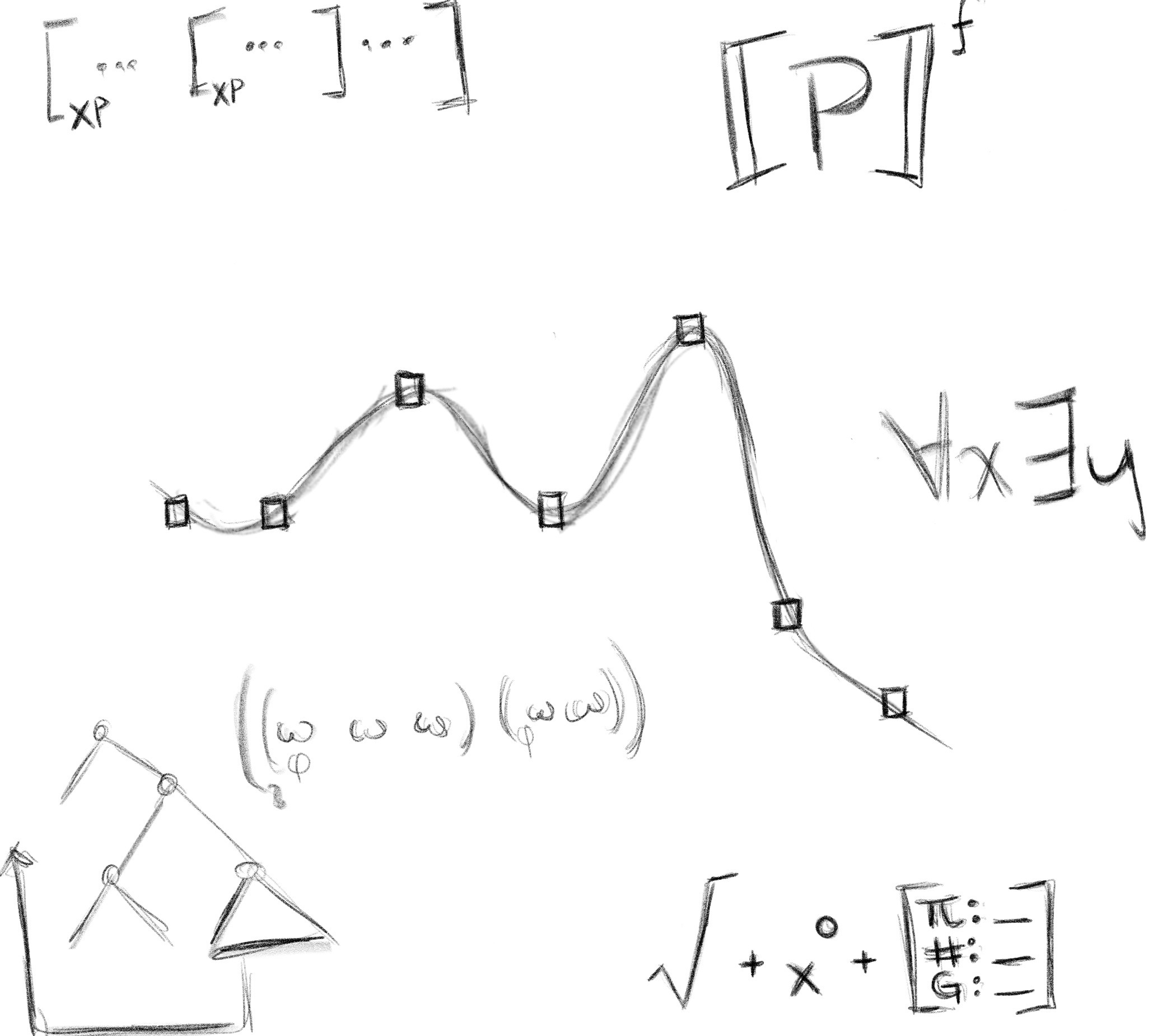research
-
Syntactically, I am very interested in the formal properties of reflexive binding. (What is the internal structure of anaphoric pronominals like ‘them+selves’, where can they appear in a sentence, what they can have as their antecedents, how they can be pronounced, and how are those all related?).
I also pursue questions of (clausal) argument structure, the syntax of focus, and the internal structure of nominals. This work on pronominal features has led to research on singular they pronouns and their reflexive counterparts, shedding new light on the featural composition of English pronouns and where feature-matching is (not) required in reflexive binding contexts.Prosodically, I mostly focus on intonation – its phonology, the phonetics-phonology interface, and its relatinoship to (various levels of) meaning. (What are the atoms of intonation, how are they realized phonetically, and what meanings do they contribute?)
I also engage with questions about prosodic prominence —focus stress/accent— with special attention on the impact of meaning and constituency on the distribution of prominence.Methodologically, I have used a number of ways to gather and analyze data across these works. This has included everything from introspection and small-scale surveys, to corpus searches and building a small corpus, to psycholinguistic methods (acceptability rating, sentence completion, self-paced reading), to methods of laboratory phonology (speech production, speech perception), to statistical modelling and machine learning.
-
My primary specialization in phrase structure is on pronouns — especially reflexive ones (e.g., “yourselves” or “itself”). Below I list some of the sorts of questions I have investigated:
- a. Where can a reflexive pronoun (not) appear in a sentence?
b. What sorts of meanings can a reflexive pronoun contribute?
c. What can a give pronoun (not) refer to?
d. What are the effects of (structural / meaningful) context?
Recently, I have also begun working on so-called “singular they” pronouns in English (including reflexive themself and themselves), and how they shed light on the properties of English syntax.In the area of melody and rhythm, my primary specialization is in English intonation. Three examples of the questions I investigate are listed below — and again, interactions with context are of special interest:
- a. How does changing the location of emphasis affect meaning (“focus”)?
b. If spoken language is musical, how many types of “notes” are there?
c. How do these “notes” vary in pronunciation (e.g., across contexts / speakers)?
d. How exactly does changing the melody of an utterance change its meaning?
Related to this, I am a project lead of a multi-institutional research collective, intonation and its interfaces (int²). In 2021, we awarded a multi-year NSF research grant related to these last two questions, entitled “Exploring Variation in English Intonational Acoustic Phonetics from Grammatical Perspectives”.I gather and analyze data across using a variety methodologies: from introspection to controlled experiments, and from abstract formalisms to machine learning. Though much of my research explores data from (American) English, I always work with an eye to broad applicability beyond it.
- a. Where can a reflexive pronoun (not) appear in a sentence?
research projects
My research program described above is exmplefied by the research projects, below. Each project in this sample is described briefly with some key words/phrases given. Clicking on any of the tiles below will take you to a page with more details, alongside information about selected works.

